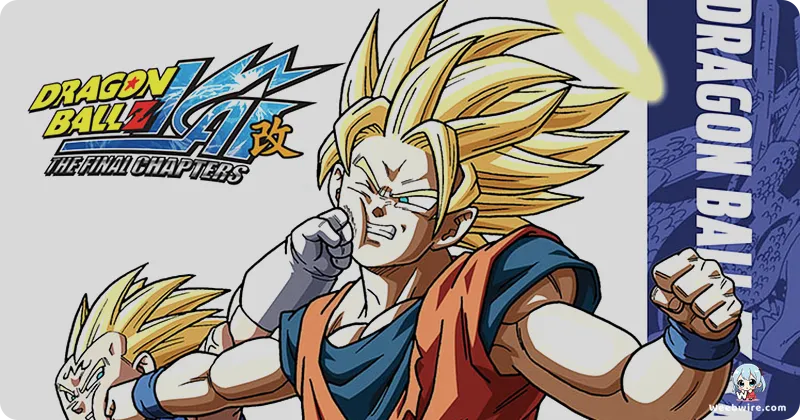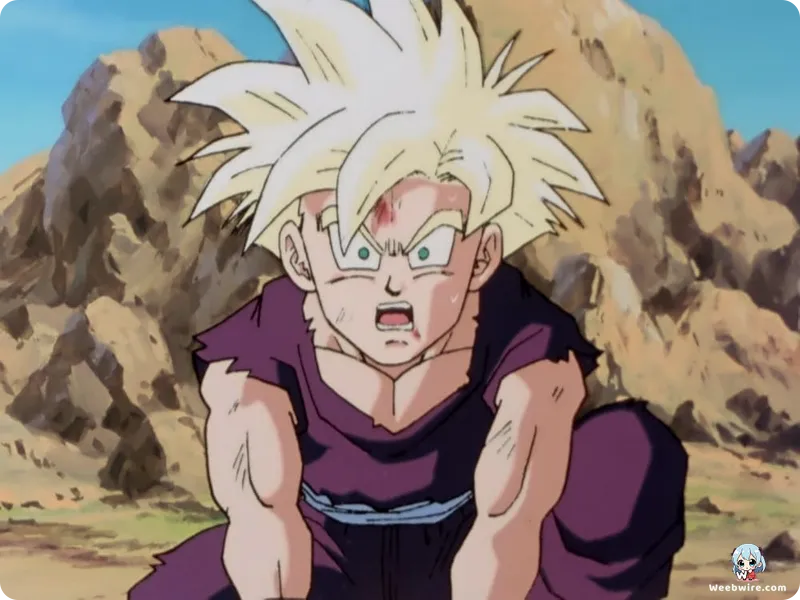Dragon Ball Z Kai: The Final Chapters - A Deep Dive into the Remastered Buu Saga

Dragon Ball Z Kai: The Final Chapters, launched in 2014, represents a significant achievement by Toei Animation. It meticulously re-introduced one of anime's most iconic sagas in a high-definition format. Far from a mere revisit, Kai was a painstakingly re-edited and remastered rendition of the original Dragon Ball Z, crafted to closely mirror Akira Toriyama's manga and deliver a dynamic, filler-free viewing experience. Specifically, The Final Chapters delves into the revered Buu Saga, unearthing captivating facts and behind-the-scenes revelations that promise to intrigue even devoted long-time fans. Its existence is a testament to Dragon Ball's enduring legacy and a direct response to decades of fan desire for a more streamlined narrative.
Streamlined Narrative: The Filler-Free Approach
At the core of Dragon Ball Z Kai, including its concluding Final Chapters, lies a crucial objective: to excise the anime-exclusive filler content that previously extended Dragon Ball Z. The original Buu Saga, in its initial broadcast, spanned a substantial 92 episodes. Through Kai's rigorous editing process, The Final Chapters expertly condensed this epic storyline into a sharp 61 episodes. This significant reduction was not merely about brevity; it was a strategic move to elevate the narrative flow and deepen character arcs.
Peripheral subplots and protracted comedic interludes not found in Toriyama's original manga, which occasionally diluted tension or slowed pivotal moments, were either significantly streamlined or completely removed. This precision meant that story arcs, such as Gohan's tenure as the Great Saiyaman, while still present, unfolded with remarkable rapidity, allowing the central conflict of Majin Buu's menacing threat and the universe's ultimate destiny to dominate the screen with heightened intensity. This unwavering commitment to manga accuracy provided a fresh perspective, ensuring emotional climaxes, such as Vegeta's profound sacrifice, resonated with unparalleled impact.
Visual Transformation: High-Definition Remastering
The visual transformation for The Final Chapters represented another colossal undertaking. Original animation cells underwent a comprehensive digital remastering to high definition, infusing the classic art style with renewed vitality. This intricate process encompassed scrupulous cleaning of film grain, diligent repair of damaged frames, and, in numerous instances, digital recoloring of elements to achieve a vibrant and cohesive aesthetic across the entire saga. While preserving the beloved nostalgic charm of the initial drawings, this remastering effort successfully modernized the viewing experience, captivating both seasoned enthusiasts eager to re-engage with the series in pristine quality and a new generation of viewers accustomed to contemporary animation standards. The exceptional crispness of the visuals allowed intricate details in character designs and intense battle sequences to burst forth with unprecedented clarity.

Auditory Landscape: The Soundtrack Controversy
Perhaps one of the most widely discussed and surprising facets surrounding Dragon Ball Z Kai, particularly its later installments, concerns its musical score. The initial Japanese broadcast of Dragon Ball Z Kai featured an entirely new soundtrack composed by Kenji Yamamoto. However, this score became entangled in a significant plagiarism controversy, ultimately leading to its complete removal. Consequently, for The Final Chapters and all subsequent international releases, the soundtrack was largely supplanted by music from the original Dragon Ball Z, crafted by the legendary Shunsuke Kikuchi. This dramatic, last-minute alteration profoundly reshaped Kai's auditory landscape, providing a familiar and cherished sonic backdrop for many fans, even though it deviated from the project's original musical vision. This unforeseen turn of events remains a prominent piece of trivia and a consistent topic of conversation within the dedicated fan community.
Voice Acting: Refined Performances
Beyond the enhanced visuals and revised sound, the voice acting in The Final Chapters introduced its own fascinating nuances. While many of the original Japanese voice actors reprised their iconic roles, the re-recording process facilitated subtle refinements in their performances. With decades of experience embodying these characters, revered actors such as Masako Nozawa (Goku) and Ryo Horikawa (Vegeta) brought an even deeper well of understanding and emotional resonance to their portrayals. Similarly, for the English dub, Funimation successfully reunited many of its cherished voice talents. This re-recording opportunity allowed for collaboration with updated scripts that were often more faithful to the Japanese original, enabling nuanced performances that aligned more precisely with the creators' initial intentions and the sharper pacing characteristic of the Kai edit. This meticulous attention to detail in voice direction ensured that even with a familiar cast, the performances felt both fresh and profoundly impactful.
In essence, Dragon Ball Z Kai: The Final Chapters stands as a monumental achievement in anime preservation and thoughtful adaptation. It delivered a definitive, streamlined culmination to the Dragon Ball Z narrative, preceding the advent of Dragon Ball Super. By prioritizing manga fidelity, painstakingly remastering visuals, and refining its auditory experience (despite the notable soundtrack challenges), it offered a polished and utterly engaging avenue to experience the thrilling Buu Saga. It serves as a powerful affirmation of Akira Toriyama's unparalleled storytelling genius and the enduring, global appeal of his creations, enabling both long-standing devotees and eager newcomers to fully appreciate the epic scale and profound character-driven drama that indelibly defines the Dragon Ball universe.
Credits
Dragon Ball Z Kai: The Final Chapters
Author
Akira Toriyama
Cover Art
Toei Animation
Studio
Toei Animation
Publisher
Shueisha
Producers





